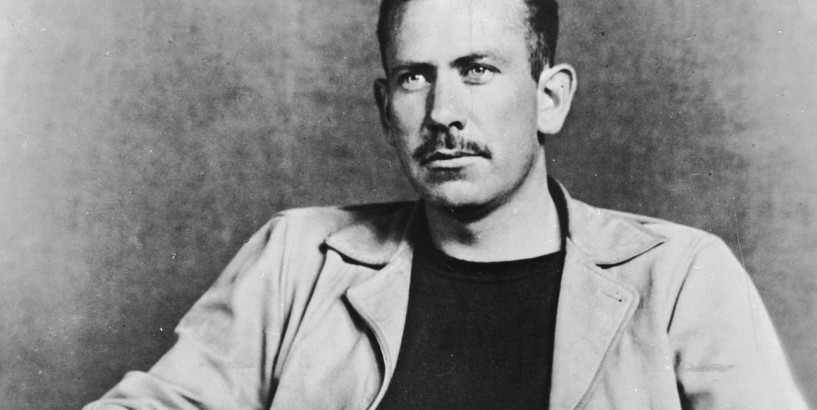I have left a lot of tracks in my life,” said John Steinbeck, a giant of 20th-century literature, who died on 20 December 1968 at the age of 66. Novels such as Of Mice and Men, The Grapes of Wrath and East of Eden made him world famous, yet some of the truth about his past has taken half a century to come to light. Steinbeck was a complicated and contradictory man – and weirder than you might have thought. Mad at the World is the title of a new biography to be published in 2019, and there is little doubt that Steinbeck was an angry man. He was outraged by injustice, poverty and prejudice, as his books make clear. He was also capable of more personal animosities, whether that was towards Adolf Hitler, his second wife or even book reviewers (“what lice they are”).The quirkiness of his character was evident at a young age. Steinbeck was already dreaming about becoming a professional writer when he enrolled as an English major at Stanford University at the age of 17. He tried to sign up for a practical course in how to dissect corpses. “I want to learn about human beings,” he told a clearly unimpressed dean of the medical school. His application was rejected. Medicine’s loss was literature’s gain, and he went on to win a Pulitzer Prize in the novel category (1940), the Nobel Prize in Literature (1962) and the United States Medal of Freedom (1964).For monthAlthough he never got the chance to cut up bodies, he was to spend a lot of time in hospital, because illness and freakish accidents were a recurrent theme in his life. The pattern started at high school in Salinas, the Californian town where he was born on 27 February 1902. At age 16, Steinbeck contracted pleural pneumonia and came close to death. A doctor saved him by cutting through his rib cage to drain the fluid. Around a year later, he was seriously ill again and had to have his appendix removed.Things were little better in adulthood. He had a serious kidney infection that required hospital treatment. He had an operation on a detached retina, an operation to remove varicose veins and another to repair a shattered knee cap after a balcony rail gave way on the second floor of his Manhattan home. In 1959 he suffered a stroke, in 1960 he had a suspected heart attack. At the end of his life, he was poleaxed by a back injury that required complicated surgery.As fate would have it, an injury to a stranger was one of the decisive factors in pushing Steinbeck towards full-time writing. After leaving Stanford without graduating, he had spells working on farms and as a painter’s apprentice before moving to New York in the mid-1920s. In New York, he worked on a building site, ferrying wheelbarrows loaded with 100 pounds of cement, during the construction of Madison Square Garden. Six weeks into the job, a co-worker fell to a bloody death near where Steinbeck stood. The horrific sight made Steinbeck throw up. He quit his job that night.
© 2024, Copyrights gulftimes.com. All Rights Reserved









